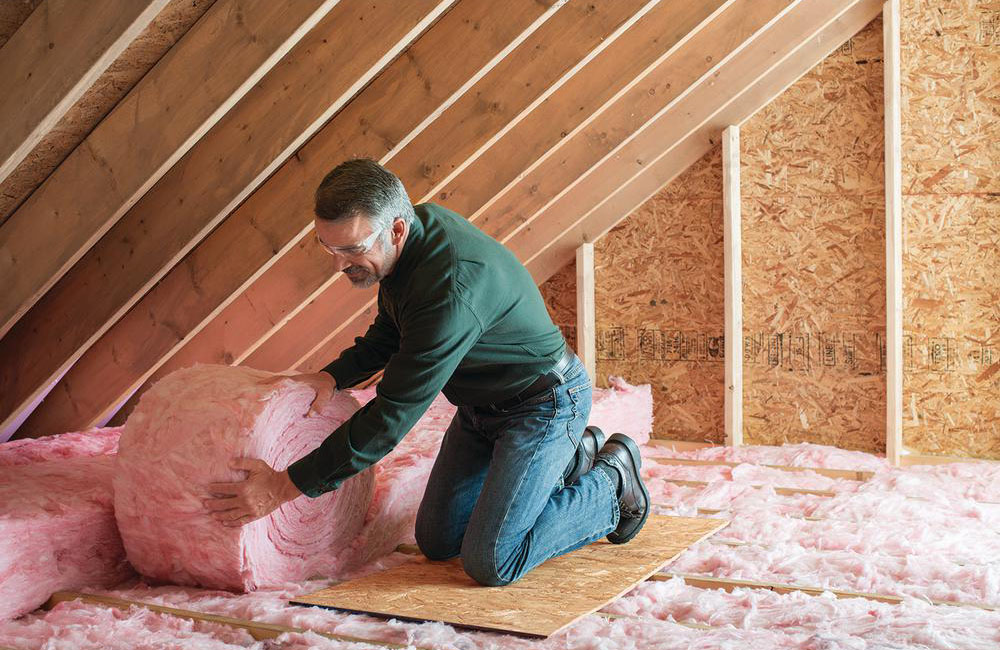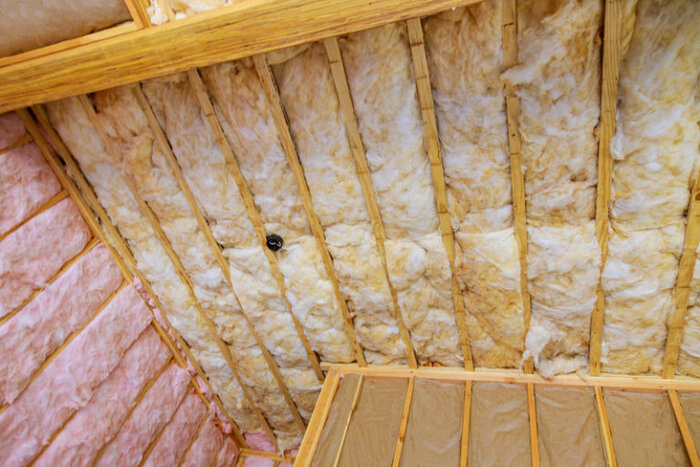Why Attic Insulation DFW is Essential for Energy Efficiency in Dallas-Fort Worth
Discover the Various Types of Attic Insulation and Their Special Benefits for Your Home's Power Efficiency

Fiberglass Insulation
Fiberglass insulation is just one of one of the most typically made use of materials for attic room insulation due to its outstanding thermal efficiency and cost-effectiveness. Made up of tiny glass fibers, this material efficiently catches air, producing an insulating obstacle that helps preserve regular interior temperatures. Its high R-value per inch makes it specifically effective at resisting warm transfer, which is critical for power conservation in homes.
Setup of fiberglass insulation is reasonably straightforward, frequently offered in batts or loose-fill forms, suiting numerous attic room configurations. In addition, it is resistant and non-combustible to dampness, decreasing the danger of mold and mildew development. This toughness adds to its long life, making fiberglass a practical long-lasting financial investment for house owners.
Additionally, fiberglass insulation is commonly made from recycled products, which boosts its eco-friendliness. The material can also contribute to soundproofing, reducing noise transfer in between spaces. While it is essential to use protective gear during installation to stay clear of irritability from the fibers, the total benefits of fiberglass insulation, including power savings and ecological factors to consider, make it a preferred choice for improving attic performance and advertising a comfortable living setting.
Spray Foam Insulation
Spray foam insulation is a highly efficient alternative for attic room insulation, recognized for its superior air sealing and thermal performance. This ingenious insulation product is made up of a combination of isocyanate and polyol material, which, when incorporated, broadens quickly to fill up gaps and tooth cavities in the attic room area. Its capacity to follow various surface areas guarantees a constant barrier versus air leakages, significantly minimizing heat loss during cooler months and heat gain throughout warmer periods.
One of the key benefits of spray foam insulation is its high R-value per inch, which means it supplies excellent thermal resistance in a reasonably slim application. This is specifically useful in attic rooms where room is frequently restricted. Furthermore, spray foam can assist decrease dampness build-up, minimizing the danger of mold and mildew and mildew growth, which can be detrimental to both the structure and indoor air high quality.
While the preliminary expense of spray foam insulation may be greater than traditional alternatives, its lasting energy cost savings, combined with boosted convenience and boosted home worth, make it a beneficial investment for house owners seeking enhanced power effectiveness. Attic Insulation DFW. Generally, spray foam insulation stands apart as an effective service for maximizing attic insulation
Cellulose Insulation

Cellulose insulation is a popular option for attic insulation, mainly made up of recycled paper items treated with fire retardants. This eco-friendly option is understood for its exceptional thermal performance, successfully reducing heat transfer in both summer and winter season. The dense composition of cellulose allows it to load voids and see this voids in attic areas, giving a smooth obstacle against air leaks.
Among the substantial advantages of cellulose insulation is its capability to withstand mold and mildew and bugs, owing to the fire retardant therapies made use of during production. Furthermore, it boasts a high R-value per inch, which translates right into premium energy performance. Property owners can expect reduced cooling and heating prices as a result of boosted insulation.
Installment is generally achieved via blowing loosened cellulose into the preferred location, allowing for a reliable and fast procedure. This method likewise minimizes disturbance to the existing structure. Cellulose insulation has a reasonably reduced ecological impact, as its production procedure makes use of recycled materials, adding to sustainable structure methods.
Rock Wool Insulation
Amongst the various alternatives for attic insulation, rock woollen, additionally referred to as mineral wool, stands apart because of its impressive thermal and acoustic performance. Made from recycled or all-natural materials, rock woollen is developed by melting rock and rotating it right into fibers, causing an item that offers outstanding insulation homes.
Among the considerable benefits of rock woollen insulation is its high R-value, which suggests its effectiveness in resisting warmth flow. This particular not only boosts energy efficiency however also contributes to keeping a comfy interior temperature year-round. In addition, rock wool is inherently fire-resistant, making it a more secure choice for homes as it can hold up against heats without melting or launching harmful fumes.
Moreover, rock wool insulation excels in soundproofing capacities, effectively minimizing noise transmission between areas and from outside resources. This makes it an excellent choice for property owners seeking a tranquil living atmosphere. Rock woollen is moisture-resistant, aiding to stop mold and mildew development and maintaining the structural honesty of the attic room area. Overall, rock wool insulation supplies an extensive solution for boosting energy effectiveness, safety and security, and comfort in residential settings.
Radiant Obstacle Insulation
Glowing obstacle insulation acts as an effective solution for decreasing warmth transfer in attics, specifically in warmer environments. This kind of insulation works by reflecting induction heat away from living spaces, thereby decreasing the quantity of heat that goes into a home throughout heat - Attic Insulation DFW. Commonly composed of a highly reflective product, such as light weight aluminum foil, radiant barriers are mounted in attic rooms, encountering the roofing, where they can obstruct inbound warm from the sun
The key advantage of glowing obstacle insulation is its capacity to reduced cooling expenses. By mirroring heat instead than absorbing it, radiant obstacles can aid keep an extra secure indoor temperature, decreasing the work on a/c systems. This efficiency translates right into reduced energy bills and enhanced comfort for house owners.
Along with energy financial savings, radiant barriers can additionally add to improved interior air high quality. By minimizing heat accumulation, they our website assist minimize moisture levels, which can protect against mold growth and enhance general air blood circulation. When set up correctly, radiant obstacle insulation can be a vital enhancement to any kind of energy-efficient home, making it a worthwhile consideration for house owners wanting to boost their attic Go Here room insulation technique.
Conclusion
In conclusion, recognizing the various types of attic insulation-- fiberglass, spray foam, cellulose, rock woollen, and radiant barriers-- makes it possible for home owners to make enlightened choices regarding energy performance. By selecting the proper insulation product, significant decreases in energy prices can be achieved, along with improvements in indoor convenience.

In verdict, understanding the various types of attic insulation-- fiberglass, spray foam, cellulose, rock woollen, and glowing obstacles-- enables house owners to make educated decisions relating to energy performance.